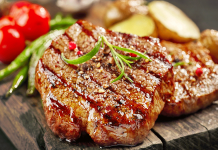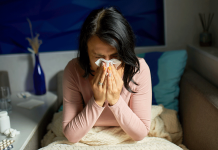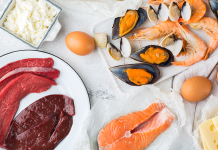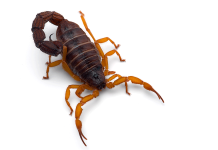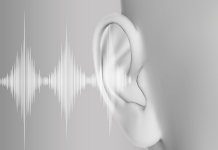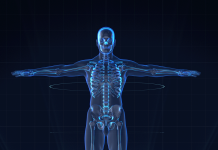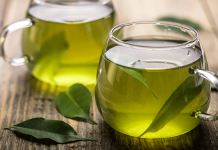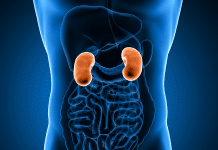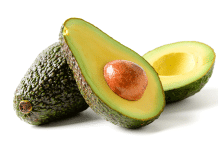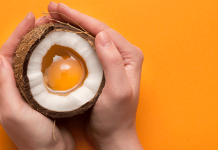Cholecystitis is the inflammation of the gallbladder. Your gallbladder is a small, pear-shaped organ on the right side of your abdomen, beneath your liver. The gallbladder holds a digestive fluid that’s released into your small intestine (bile).
In most cases, gallstones blocking the tube leading out of your gallbladder cause cholecystitis. It results in a bile buildup that can cause inflammation. Other causes of cholecystitis include bile duct problems, tumors, severe illness, and certain infections.
If left untreated, cholecystitis can lead to serious, sometimes life-threatening complications, such as a gallbladder rupture. Untreated, it can result in perforation of the gallbladder, tissue death and gangrene, fibrosis and shrinking of the gallbladder, or secondary bacterial infections. Treatment for cholecystitis often involves gallbladder removal.
Signs and symptoms of cholecystitis may include severe pain in your upper right or center abdomen, pain that spreads to your right shoulder or back, Tenderness over your gut when it’s touched, nausea, vomiting, Fever Cholecystitis signs, and symptoms often occur after a meal, particularly a large or fatty one.
Most often, cholecystitis is the result of hard particles that develop in your gallbladder (gallstones). Gallstones can block the tube (cystic duct) through which bile flows when it leaves the gallbladder. Bile builds up, causing inflammation.
A tumor may prevent bile from draining out of your gallbladder properly; causing bile buildup that can lead to cholecystitis. Kinking or scarring of the bile ducts can cause blockages that lead to cholecystitis. AIDS and certain viral infections can trigger gallbladder inflammation. Very severe illness can damage blood vessels and decrease blood flow to the gallbladder, leading to cholecystitis.
Cholecystitis can lead to several serious complications, including infection within the gallbladder, if bile builds up within your gallbladder, causing cholecystitis, the bile may become infected.
Untreated cholecystitis can cause tissue in the gallbladder to die (gangrene). It’s the most common complication, especially among older people, those who wait to get treatment, and those with diabetes. It can lead to a tear in the gallbladder, or it may cause your gallbladder to burst. A rupture (perforation) in your gallbladder may result from gallbladder swelling, infection, or death of tissue.
Treatment for cholecystitis usually involves a hospital stay to control the inflammation in your gallbladder. Sometimes, surgery is needed. At the hospital, your doctor will work to control your signs and symptoms. Treatments may include fasting; you may not be allowed to eat or drink at first to take the stress off your inflamed gallbladder. Fluids through a vein in your arm, this treatment help prevent dehydration. If your gallbladder is infected, your doctor likely will recommend antibiotics. Pain medications can help control pain until the inflammation in your gallbladder is relieved. Your doctor may perform a procedure called endoscopic retrograde cholangiopancreatography (ERCP) to remove any stones blocking the bile ducts or cystic duct.
Cholecystitis alters patients’ daily lives, their ability to participate in usual social activities and the ability to work. If you don’t see a doctor and get treatment, it can lead to dangerous infections or become a long-term condition!
Until Next Time,
Team Doctor ASKY!
